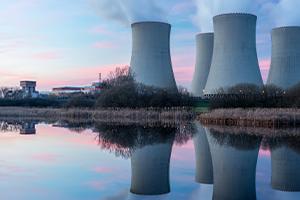In Gamma detectors,gamma radiation produces electrons by interacting with the cathode material and the filling gas. These electrons ionize the gas and the charge carriers are collected by the electrodes. The resulting anode pulse is detected by a load circuit. The primary electrons are created by several interaction mechanisms:
- Photoelectric effect
- Compton scattering
- Pair productio
Mechanism efficiency depends on gamma quanta energy, cathode material and thickness, filling gas type and pressure. Detector sensitivity is therefore very dependent on the detector design, but is always energy-dependent. Due to the dominance of the photoelectric effect, the maximum sensitivity occurs at about 80 keV. At high gamma energies (> 500 keV), the sensitivity can fall to one hundredth of the maximum for the same mechanical design.
A flatter response can be obtained by using an external metal filter and by the choice of filling gas. Photonis is willing to assist in designing such filters.
Need some answers? Ask our experts!
Contact us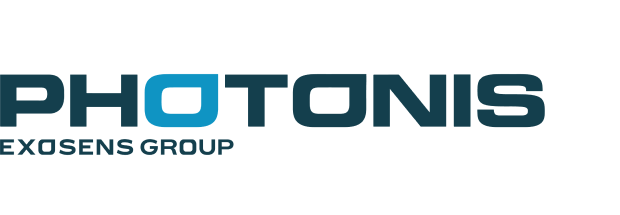
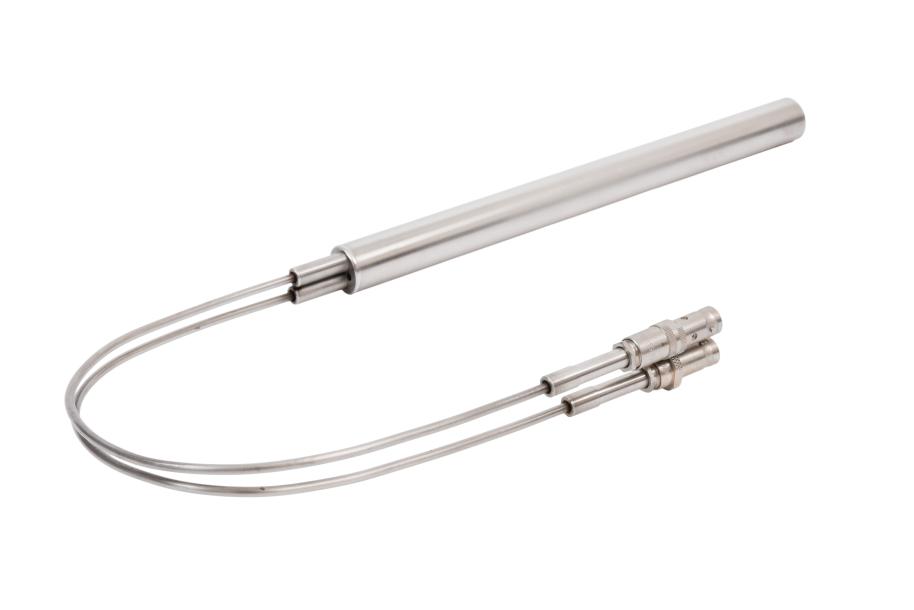


Learn more about gamma rays detector
Gamma ionization chambers, a type of gamma detector, play a pivotal role in the nuclear industry, particularly in the detection and measurement of area gamma radiation in diverse fields such as radiation monitoring, fuel re-processing, and research activities globally. Gamma ion chambers measure gamma radiation by detecting high energy photons emitted from a radioactive source. These instruments provide valuable data for various applications by measuring its intensity. Based on principles of gamma interaction with matter, gamma detectors convert gamma rays into detectable signals, enabling the determination of radiation levels with high precision.
The efficiency of these detectors is influenced by various factors, including gamma quanta energy, cathode material composition and thickness, as well as the type and pressure of the filling gas. Consequently, detector sensitivity is intricately tied to its design, making it essential for achieving accurate measurements across different energy ranges. Notably, the photoelectric effect dominates electron creation at lower energies, with peak sensitivity typically observed at around 80 keV, while higher energy gamma rays may result in reduced sensitivity proportional to their energy. Photonis, a prominent provider of such detectors, offers Gamma Ionization Chambers tailored for high-intensity gamma radiation measurement and the presence of specific isotopes or radioactive elements in the environment, ensuring reliability, longevity, and accuracy in operation.
Photonis Nuclear Instrumentation ensures the quality and reliability of custom gamma ionization chambers through meticulous control of manufacturing processes and collaboration with esteemed institutions like the French Alternative Energies and Atomic Energy Commission (CEA). This partnership underscores Photonis's commitment to advancing gamma detection technology through continuous innovation and rigorous testing.
By harnessing the principles of gamma radiation interaction with matter, these devices provide invaluable insights into various phenomena, shaping advancements in research and industry alike.
Photonis, renowned for its expertise in developing gamma detection technology, offers a range of instruments tailored to specific needs. Whether for large-scale industrial applications or small-scale research endeavors, Photonis instruments ensure reliable performance and accurate data transmission to data acquisition electronics., hese instruments contribute to the ongoing advancement of scientific knowledge and technological innovation. Their sensitivity to gamma rays allows for the detection of even small particles of radiation , enabling accurate assessments of radiation levels, location, and potential risks. Additionally, these detectors can operate across a wide temperature range, making them versatile solutions for various environments and applications.
What's new in Gamma detectors?
See all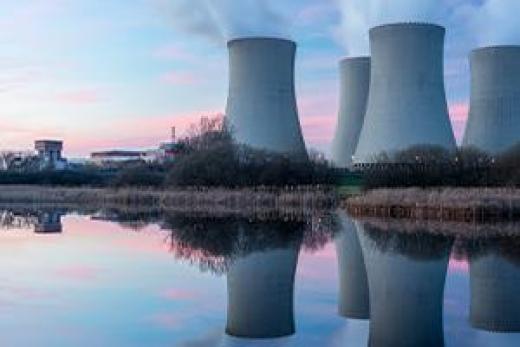
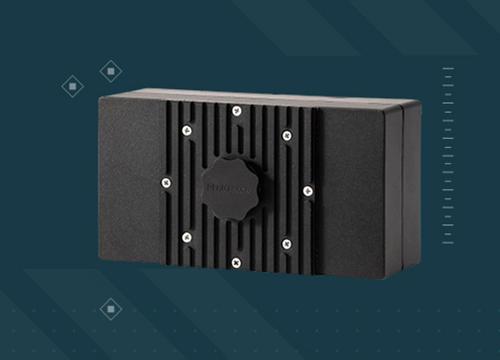
Apr 09th 2024
Exosens Adds Innovative Photon Counting System, LINCam

